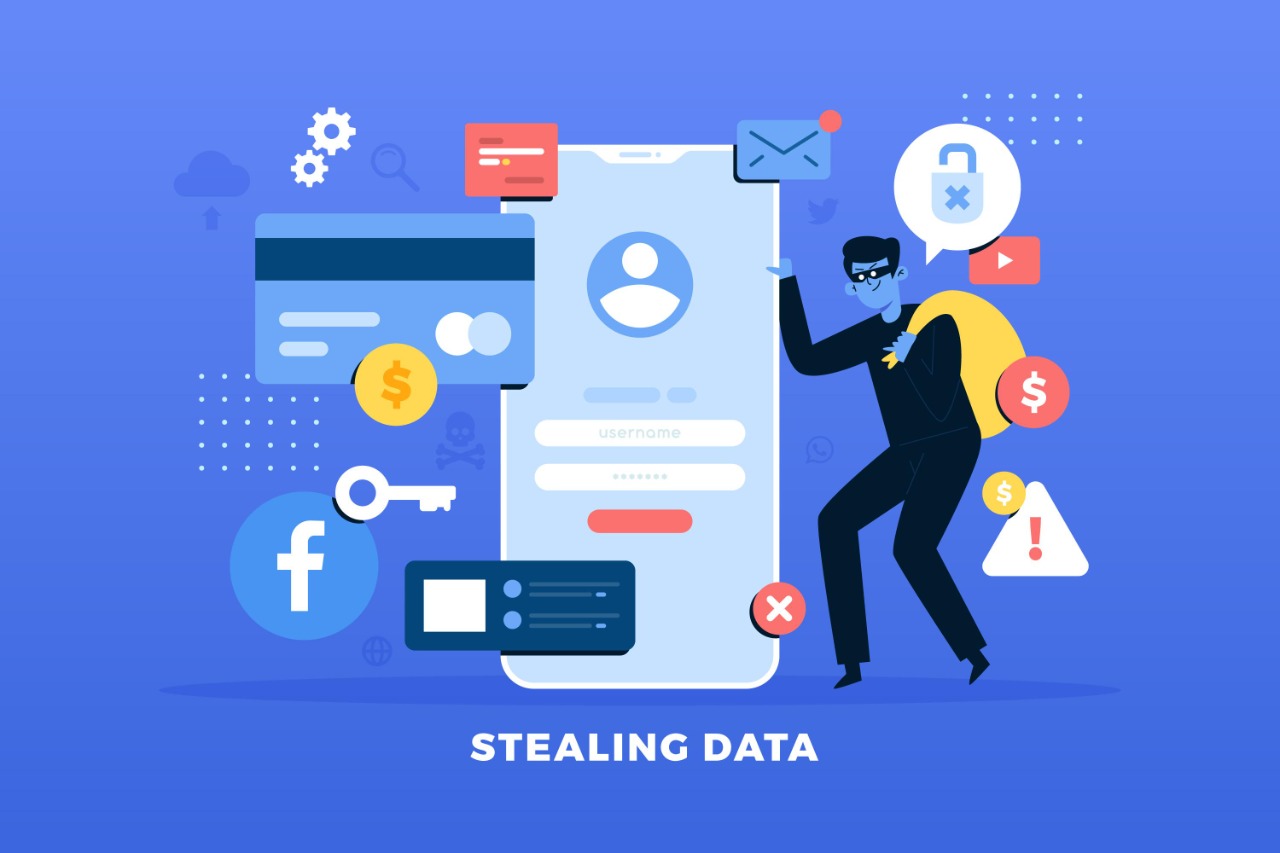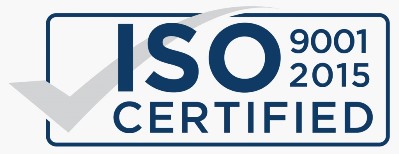What is Malware and Its Types?
Date: Jan 05, 2023

Cyber Security Training
Abstract
Malicious software's effects are deteriorating daily. Malicious software, sometimes known as malware, refers to programmes designed to harm, interrupt, or damage computers, networks, and other resources connected to them. Without the owner's knowledge, malware is spread throughout computers. Networks and portable devices are the main distribution channels for malware. Malware has always posed a threat to the digital world, but with the rapid increase in internet usage, the effects of the malware have grown more serious and cannot be neglected. Numerous malware detectors have been developed; however, their success is dependent on the techniques they use. Even while researchers are creating cutting-edge technology for the quick detection of malware, malware developers continue to outsmart experts.
Introduction
Malware is brief for malicious software, and as its name implies, malwares are designed to damage computers and their users by stealing data, damaging files, or simply engaging in naughty behavior to annoy them. It has been suggested that malware is extensively disseminating and that computer security incidents have dramatically increased. Malware prevents networks from developing. The internet-based programmes that are the target of malware. The necessity to identify and disable malware as soon as possible has increased as more aspects of life rely on the internet to enhance their level of service and prevent the bad effects that these malwares can cause. In order to find these malwares, malware detectors are utilized, and antivirus scanners are one method of doing so. However, as malware creation skills advance, malware detectors use a variety of approaches to prevent the negative impacts of this software. Due to the shortcomings of current malware detection approaches, machine learning and data mining techniques are coupled with existing detection techniques to increase the efficiency of the detection process. Since polymorphic and unknown malware can modify their signatures, signature-based detection techniques are only effective in catching known malware. Since their signatures have not yet been generated, signature-based detection also cannot detect new threat.
TYPES OF MALWARS
• TROJANS: As the name implies, Trojans infiltrate the victim's system while pretending to be a useful file or application and carry out malicious deeds. Various tasks, such as the targeted deletion of particular system files or even the downloading of further malicious code from the internet, are carried out depending on the type of Trojan.
• Ransomware: Ransomware, often known as encryption software or a crypto-trojan, encrypts data on the compromised machine and limits access to it unless the right password is entered. After the victims have paid a ransom to the hackers, the latter is finally given to them. It is challenging to find the fraudsters because the most popular payment methods are digital currencies like Bitcoin and Ether. One of the most well-known and harmful malware programmes in recent years is ransomware. Recent demands for millions of dollars from businesses, in particular, to unlock key services, have been made. Petya and WannaCry are two of the most well-known ransomware versions.
• Computer worm: A computer worm is a programme that autonomously spreads through an infected system, a connected network, and beyond, typically carrying out malicious operations. Computer worms destroy files, break down software and hardware, or overburden the system with unrelated data. Computer worms typically propagate by infected USB flash drives, email attachments, and even compromised websites.
• Backdoor: A backdoor is a purposefully concealed flaw in the software code that enables authorized users to get around standard security measures like login-based authentication. In order to easily access sensitive data, intelligence services frequently conceal these digital backdoors in applications. For instance, the US Secret Service previously received backdoors for Cisco network routers, which handle significant amounts of traffic from around the world on the internet.
• Adware: Adware is a term used to describe unwanted software that displays advertisements on a computer's screen or automatically sends users to questionable websites. The applications typically enter consumers' PCs through questionable download sites or malicious websites. Adware is extremely difficult to remove once installed because the tools are integrated so deeply into the operating system and web browsers. Unwanted browser toolbars and other generally senseless additions are the most well-known members of the adware milieu.
• Scareware: In order to persuade a user to install software, malware known as "scareware" incites doubt and terror in the target user. From the word "scare," the phrase is formed. The majority of the time, this consists of more spyware or ostensibly protective software that actually offers no benefit at all but can cost significantly more. The target audience for scareware is typically less experienced users, and it is typically available on dubious web sites.
• Spyware: Spyware, as the name suggests, spies on the compromised machine. It records important user input, including passwords and other details, which are then transmitted over the internet to the hackers that are behind it. Hackers employ the typical infection methods, including phishing emails or software from questionable download sites, to propagate malware.
• Crypto miners: A new class of virus is known as a crypto miner. Cybercriminals use this virus to covertly mine digital currencies like Bitcoin and others. Without the user's awareness, of course, the infected system's processing power is exploited for this. Crypto miners, for example, disguise themselves as scripts on websites, where they are smuggled in by cybercriminals via security flaws. The attackers' digital cryptocurrency wallets receive the coins that were mined. Crypto miners are occasionally used quite lawfully to monetize websites, for example. Visitors must, however, be made fully aware of the use of such tools by the site operator.
How can I determine if I've been infected with malware?
• The amount of Internet activity on your system has suddenly increased. Trojans, for instance. The next thing a Trojan does after entering a target computer is connect to the attacker's command and control server (C&C) to download a secondary infection, frequently ransomware. This could account for the increase in Internet usage. The same is true for malware, botnets, and any other threat that needs to communicate back and forth with C&C servers.
• The browser's settings are modified. You might have a malware infection if you notice that your homepage has changed or if you have new toolbars, extensions, or plugins installed. This typically occurs because you clicked on the "congratulations" pop-up and downloaded some harmful software, however the reasons for this can vary.
• Your entire computer or your files are lost. This is a ransomware infection symptom. The hackers make their presence known by dropping a ransom note on your desktop or changing the desktop background to a ransom note. Usually, the note from the culprits informs you that your data has been encrypted and requests a ransom payment to unlock your files.
Which sectors are impacted by malware?
Malware does not distinguish between various types of businesses or sectors. Cybercriminals employ a scattergun strategy to uniformly disperse their virus over the computers of small start-ups, SMEs, and larger businesses across all industries when launching large campaigns. Malware poses a threat to businesses, including governmental institutions. However, focused attacks that are made specifically for a single target or a particular firm are much more hazardous than broad-based waves of strikes. In these situations, the assailants put a lot of work into planning and carrying out the attacks. For instance, the target's environment is carefully examined to find any networks and system vulnerabilities. The actual attack then happens after this study, and it typically combines social engineering, phishing, and malware.
How companies can protect themselves from malware?
• Create backups: In fact, all businesses need to safeguard sensitive data against malware assaults and other potential data breaches. Backups should be frequently updated and, ideally, redundantly stored. To achieve geo-redundancy, which safeguards backups from fire, water damage, natural catastrophes, and other external effects, it is also important to store backups at various places. Depending on the nature and extent of the backups, another option is to store them on a private or public cloud.
• Examine email attachments: Although malware is largely disseminated through spam email, using secure email can help prevent its use. For instance, file attachments should always be carefully examined, even if they come from emails from recognised people. It is advised to call the sender to confirm the legitimacy of any unusual file attachments, such as executable Office documents. This will aid in halting the propagation of a malware infestation. Always forward suspicious emails or files to the relevant IT department and the IT security officer. Additional investigations may be launched to obviate threats in the event of uncertainty.
• Software maintenance: A running system should never be changed is a thing of the past. Patch, patch, patch is the mantra for anyone who wishes to deal with stable endpoints that can withstand new kinds of attack vectors today! Companies should always keep their operating systems current. There is no other way to guarantee that the operating system and application software are free of serious flaws. On the other hand, people who neglect software maintenance run the risk of becoming vulnerable to viruses, worms, Trojan horses, and other hazards.
• Malware scanner: The use of scanning tools to find malware early on and prevent it from entering systems has also grown in popularity. These security solutions typically use hash values to compare to the output of well-known malware in order to identify harmful applications.
Conclusion
Individuals and organizations require secure and safe internet activities as the internet business expands quickly. The biggest threat to today's electronic world is malware, which hurts people by stealing their data, distorting it, and using malicious attacks to take down networks and systems. Malware is a tool used by online criminals to infiltrate networks and systems and obtain access to the data that is stored there. Depending on the malware type, the programmes start different actions. The gamut includes everything from wilful data erasure to covert user input sniffing. Malware poses a threat to all user groups, including personal and business ones. No security system can ensure 100% security because new malware variants are created every day.



